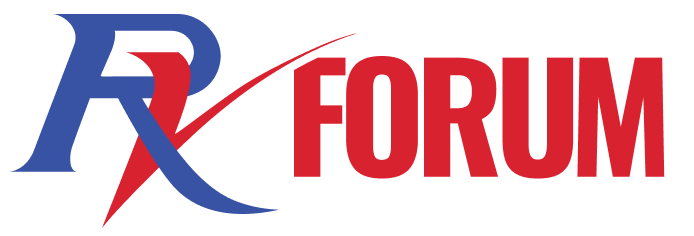Ian
Well-known member
I received a DVD in the mail today talking about a 5th wheel product called King-Of-The-Road, made in the USA but with Australian specifications, components and especially, Australian Standards Approval. http://www.kingoftheroadrv.com.au/
According to their site, so many 5th wheelers imported into Australia just don't comply with Australian Standards. Australia has ADR's Australian Design Rules, that specify a myriad of things about road vehicles and what they must comply with before the vehicles can be registered and allowed to travel on our roads. Australian States have almost complete agreement on interpreting these Standards and requiring the vehicles to match the relevant ADR before allowing registration.
This company has volume accreditation, that means that it can be easily registered in any State as it automatically complies. Almost all other RV's imported will have to, as a minimum, be approved by an Engineer that it is good enough to be approved. This means that there will have to be alterations on some important points such as doors only opening on the left side or rear of the vehicle. We drive on the right side of the road. The doors must open on the kerb side.
Electrical compliance is stricter. Our power supply is 240 V, 60 Hz. Many imported RV's try to get a round this with Inverters. They are not a good solution, just a compromise. This company sends drums of Australian cable to the US plant so the electrical standards can be certified.
LPG (you call it propane) is strictly controlled as to the fittings and standards of manufacture. Gas tanks must be in compliance with Standards, imported tanks cant be matched because the tanks need to be tested to burst levels to get that compliance. Also floor-based furnaces are out.
Then there are the problems of imported components not matching our standards such as the quantity and quality of rear tail lights and inbuilt reflector standards.
There are other problems such as the max weight of the unit and the towing vehicle that can be towed depending on brake capacity. Electric brakes are not compliant (according to this site) so pneumatic braking is needed if capacity is to be higher than 4.5 tonne.
Max width on our roads is 2500mm - 8' 2.5". This includes all fittings such as door and locker handles, fixtures, blinds. Wider than that needs a Wide Load permit.
We are also limited to a max length of 40' unless you can get special approval so longer units are out of contention.
The company provides a checklist so consumers can check if the imported vehicle they are considering is up to what the standards require.
Importing RV's into Australia is a problem that our RV industry is going to have to work with the authorities to solve. This company seems to have resolved the problem, maybe others might go down the same road to get their vehicles compliant. It makes things so much easier for the consumer and that is what a good company should be seeking.
According to their site, so many 5th wheelers imported into Australia just don't comply with Australian Standards. Australia has ADR's Australian Design Rules, that specify a myriad of things about road vehicles and what they must comply with before the vehicles can be registered and allowed to travel on our roads. Australian States have almost complete agreement on interpreting these Standards and requiring the vehicles to match the relevant ADR before allowing registration.
This company has volume accreditation, that means that it can be easily registered in any State as it automatically complies. Almost all other RV's imported will have to, as a minimum, be approved by an Engineer that it is good enough to be approved. This means that there will have to be alterations on some important points such as doors only opening on the left side or rear of the vehicle. We drive on the right side of the road. The doors must open on the kerb side.
Electrical compliance is stricter. Our power supply is 240 V, 60 Hz. Many imported RV's try to get a round this with Inverters. They are not a good solution, just a compromise. This company sends drums of Australian cable to the US plant so the electrical standards can be certified.
LPG (you call it propane) is strictly controlled as to the fittings and standards of manufacture. Gas tanks must be in compliance with Standards, imported tanks cant be matched because the tanks need to be tested to burst levels to get that compliance. Also floor-based furnaces are out.
Then there are the problems of imported components not matching our standards such as the quantity and quality of rear tail lights and inbuilt reflector standards.
There are other problems such as the max weight of the unit and the towing vehicle that can be towed depending on brake capacity. Electric brakes are not compliant (according to this site) so pneumatic braking is needed if capacity is to be higher than 4.5 tonne.
Max width on our roads is 2500mm - 8' 2.5". This includes all fittings such as door and locker handles, fixtures, blinds. Wider than that needs a Wide Load permit.
We are also limited to a max length of 40' unless you can get special approval so longer units are out of contention.
The company provides a checklist so consumers can check if the imported vehicle they are considering is up to what the standards require.
Importing RV's into Australia is a problem that our RV industry is going to have to work with the authorities to solve. This company seems to have resolved the problem, maybe others might go down the same road to get their vehicles compliant. It makes things so much easier for the consumer and that is what a good company should be seeking.
